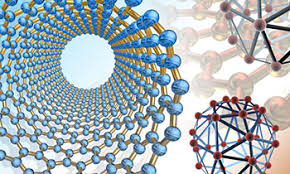Mechanical and Materials Engineering, Department of

Department of Mechanical and Materials Engineering: Faculty Publications
Document Type
Article
Date of this Version
2020
Citation
Mater Sci Eng C Mater Biol Appl. 2020 January ; 106: 110268.
Abstract
Microfiber yarns (MY) have been widely employed to construct tendon tissue grafts. However, suboptimal ultrastructure and inappropriate environments for cell interactions limit their clinical application. Herein, we designed a modified electrospinning device to coat poly(lactic-co-glycolic acid) PLGA nanofibers onto polylactic acid (PLA) MY to generate PLGA/PLA hybrid yarns (HY), which had a well-aligned nanofibrous structure, resembling the ultrastructure of native tendon tissues and showed enhanced failure load compared to PLA MY. PLGA/PLA HY significantly improved the growth, proliferation, and tendon-specific gene expressions of human adipose derived mesenchymal stem cells (HADMSC) compared to PLA MY. Moreover, thymosin beta-4 (Tβ4) loaded PLGA/PLA HY presented a sustained drug release manner for 28 days and showed an additive effect on promoting HADMSC migration, proliferation, and tenogenic differentiation. Collectively, the combination of Tβ4 with the nano-topography of PLGA/PLA HY might be an efficient strategy to promote tenogenesis of adult stem cells for tendon tissue engineering.
Included in
Mechanics of Materials Commons, Nanoscience and Nanotechnology Commons, Other Engineering Science and Materials Commons, Other Mechanical Engineering Commons


Comments
HHS Public Access
doi:10.1016/j.msec.2019.110268